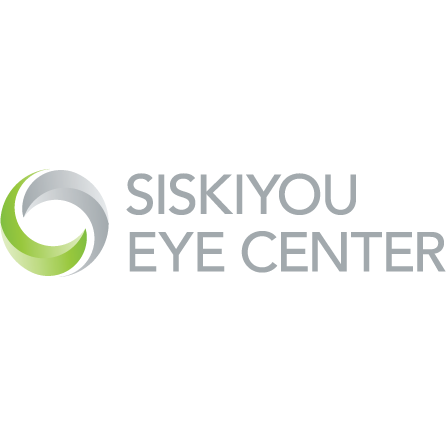Glaucoma is a group of common eye conditions that result in damage to the optic nerve.
The causes vary, but glaucoma is most commonly associated with higher than normal pressure within the eye or a “normal” pressure that is too high for the health of an individual’s optic nerve. Early diagnosis is important because there are usually no symptoms and damage caused by glaucoma cannot be reversed. However, once diagnosed there are several effective options for slowing or preventing additional damage. Glaucoma can usually be diagnosed on routine eye examination.
Symptoms
Glaucoma is a stealthy disease and there are usually no warning signs that damage to the optic nerve is occurring. People with glaucoma may slowly lose their peripheral vision and without treatment may also lose their straight-ahead vision. Anyone can get glaucoma but some people are at higher risk than others. These groups include the following:
- Anyone with a family history of glaucoma
- Everyone over 60
- African Americans and Hispanics over age 40
Diagnosis and Evaluation
Glaucoma is evaluated and followed using a variety of techniques. In addition to information gathered during the doctor’s examination, the health of the optic nerve is checked using several techniques and instruments that can measure the structure of the nerve and (optic nerve imaging) help determine if it is functioning properly (visual field testing).
Treatment Options
The only proven treatment for glaucoma is to lower the pressure in the eyethrough medication, laser treatment, or surgery. If you are diagnosed with glaucoma, we’ll recommend the best course of treatment for your particular condition.
Medications
The most common treatment for glaucoma is eye drops that stabilize the optic nerve by reducing eye pressure. There are several classes of modern anti-glaucoma drops available including prostaglandins (Xalatan, Travatan, Lumigan), beta blockers, alpha agonists (Alphagan, brimonidine), or topical carbonic anhydrase inhibitors (Trusopt, Azopt, dorzolamide).
Laser
If medications prove inadequate, a laser trabeculoplasty can reduce the pressure within the eye. During this procedure, laser light is directed to treat the internal drainage areas of the eye. Although this is quite effective, the results may diminish over time.
Surgery
In some cases, surgery is the most effective way to lower eye pressure and is usually necessary when the disease gets worse despite the use of medication and/or laser treatment. There are a variety of operations and techniques, but the most commonly performed glaucoma surgery is the trabeculectomy procedure. In this operation a new fluid pathway is created to allow fluid from the front chamber of the eye to drain to a new fluid collection site usually located under the upper eyelid. The operation is performed under local anesthesia.
Newer glaucoma procedures include the iStent, a tiny hollow tube that is placed in the drainage tissue in the eye, usually at the time of cataract surgery. Other promising surgical procedures are in development and are expected to be valuable aids in the treatment of glaucoma in the near future.
